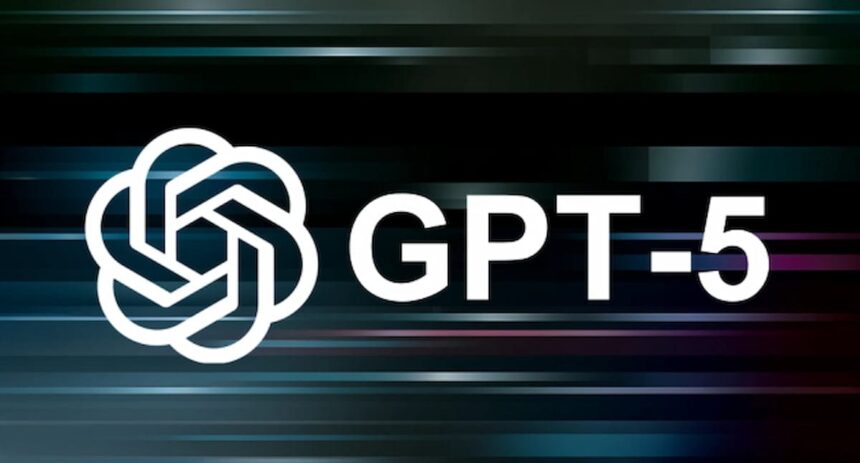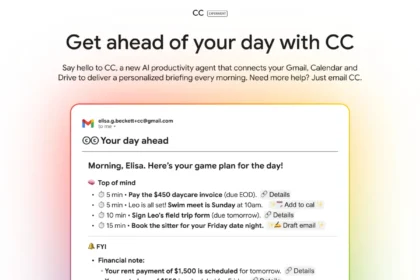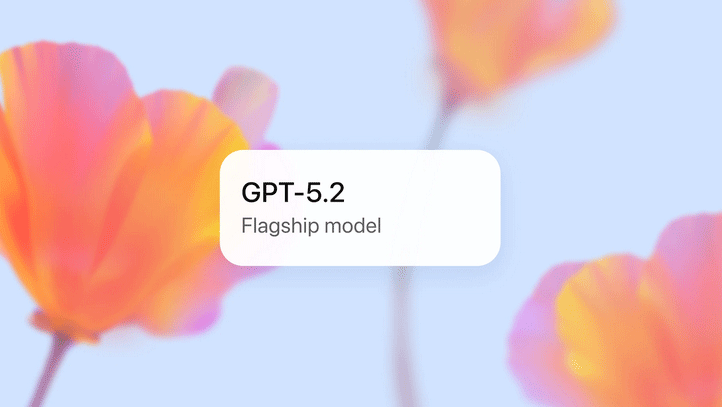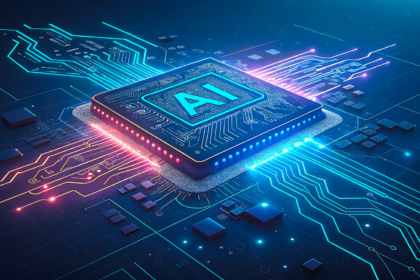OpenAI continues to develop GPT-5, and excitement around its release is growing rapidly. The model is expected to bring major improvements across the board—but the big news now is that Microsoft is already working on a new intelligent version of Copilot powered by GPT-5. This development could dramatically expand Copilot’s capabilities and take its performance to the next level.
While Copilot hasn’t always topped comparisons with other AI assistants, its deep integration with Microsoft tools and platforms—including Windows, Office, and Edge—makes it incredibly useful for day-to-day productivity. And now, thanks to GPT-5, it’s set to become even smarter, faster, and more capable.
Copilot + GPT-5: What We Know So Far
According to a post shared on X by user @testingcatalog, a screenshot of the Copilot interface reveals several AI model options—one of which is labeled “Smart (GPT-5)”. This strongly suggests that Microsoft is already testing GPT-5 within Copilot, likely through a new intelligent mode designed to boost reasoning, speed, and context awareness.
Breaking 🚨: GPT-5 spotted on Microsoft Copilot@OpenAI will be releasing it soon!! https://t.co/A4UX7zEIyF pic.twitter.com/92kJHvgS8V
— Techikansh (@techikansh) July 24, 2025
This discovery aligns with growing rumors that GPT-5’s official release is just around the corner, potentially landing in early August 2025. User reactions have been overwhelmingly positive, with many eager to see what this next-generation AI model can do when embedded into the Microsoft ecosystem.
What GPT-5 Brings to the Table
GPT-5 is expected to offer a huge leap in AI capabilities, especially in how it handles complex tasks, memory, and agentic behavior. Some of the key improvements rumored or anticipated include:
- Deep Multitask Reasoning
GPT-5 may inherit the high-level reasoning used in OpenAI’s advanced o3 models, but packaged in a single, integrated system. This could allow Copilot to handle complex, multi-step workflows more efficiently without relying on external models. - Massive Context Window
The model is said to support up to 1 million tokens of memory—a significant jump from the 128,000 limit in GPT-4o. This would allow it to analyze massive datasets, review entire codebases, or carry on nuanced conversations over days or weeks without losing context. - Autonomous Action Execution
One of the most exciting possibilities is GPT-5’s ability to not only suggest actions but execute them, potentially working with third-party tools and apps in real time, with minimal user input. This opens the door to truly intelligent task automation.
Microsoft’s Long Game with Copilot
By integrating GPT-5 into Copilot, Microsoft is making a clear statement: it wants Copilot to be the most powerful, deeply embedded AI assistant in the world of productivity and software. With GPT-5 under the hood, Copilot could become more than just a helpful tool—it might evolve into a full digital co-worker capable of adapting to the way each user works.
If these developments hold true, Windows users could soon be interacting with one of the most advanced AI models ever built, directly from their desktop. And with Microsoft moving quickly on integration, it may not be long before this new Copilot experience becomes a core part of the platform.











